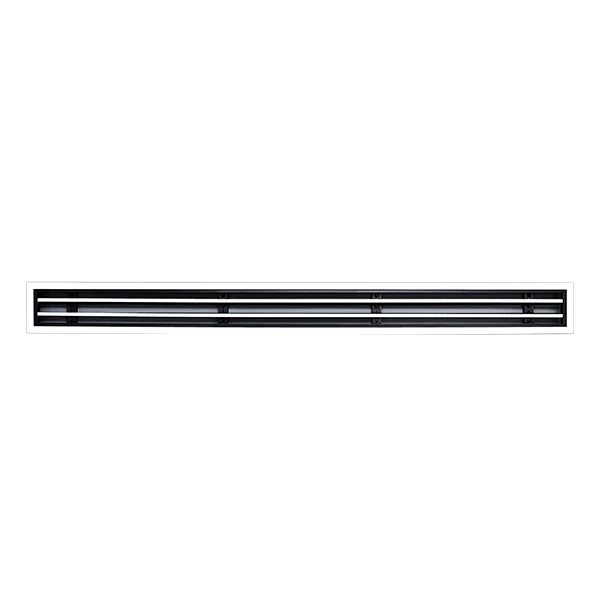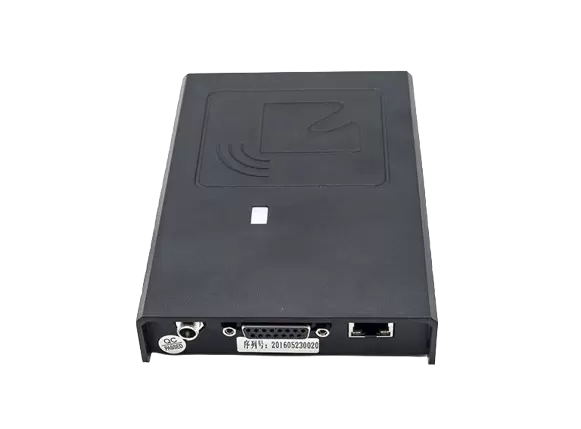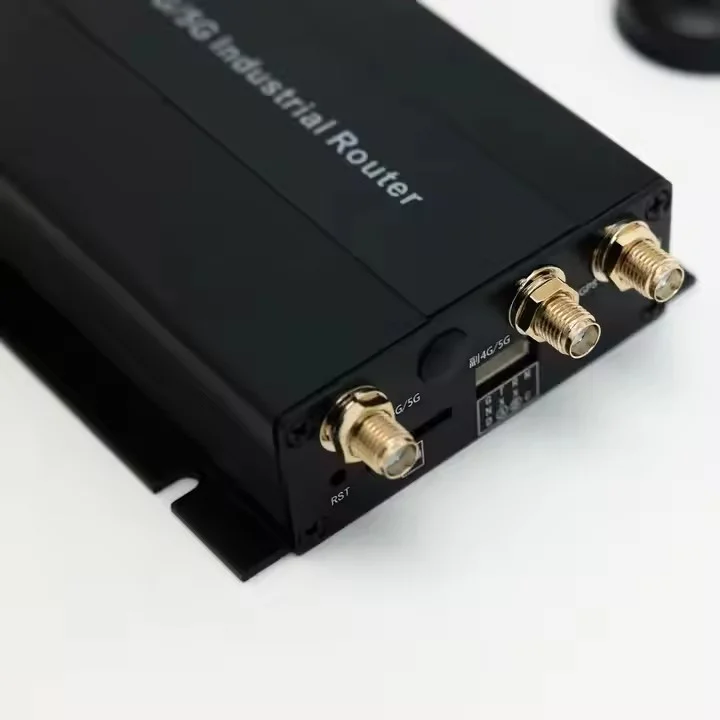When driving, safety is paramount, and your vehicle's braking system is one of its most critical components. The brake warning light is designed to alert you to potential issues with your braking system, but what does it mean when this light illuminates? Can you still drive with a brake warning light on? This article delves into the implications of a brake warning light, the potential risks of driving with it illuminated, and the necessary steps you should take to ensure your safety and the safety of others on the road.
Understanding the Brake Warning Light
The brake warning light can indicate several issues, ranging from minor to severe. Typically, this light can signify:
- Low Brake Fluid: One of the most common reasons for the brake warning light to illuminate is low brake fluid levels. Brake fluid is essential for the hydraulic system that operates your brakes. If the fluid is low, it can lead to reduced braking efficiency.
- Worn Brake Pads: Many modern vehicles are equipped with sensors that detect when brake pads are worn down. If the brake warning light comes on, it may indicate that your brake pads need replacement.
- Brake System Malfunction: The brake warning light can also indicate a more serious issue, such as a malfunction in the anti-lock braking system (ABS) or other components of the braking system.
- Parking Brake Engaged: Sometimes, the simplest explanation is the correct one. If your parking brake is engaged, the warning light will illuminate.
Can You Drive with the Brake Warning Light On?
Driving with the brake warning light illuminated is not advisable. While it may be tempting to continue your journey, doing so can pose significant risks. Here’s why:
- Reduced Braking Performance: If the light indicates low brake fluid or worn brake pads, your vehicle's braking performance may be compromised. This could lead to longer stopping distances or even brake failure.
- Increased Risk of Accidents: A malfunctioning braking system can lead to dangerous situations on the road. If your brakes fail while driving, you could be involved in a serious accident, endangering yourself and others.
- Potential for Further Damage: Ignoring the brake warning light can lead to more severe issues and costly repairs. For instance, driving with worn brake pads can damage the rotors, leading to more extensive repairs.
What Should You Do If Your Brake Warning Light Comes On?
If your brake warning light illuminates, follow these steps to ensure your safety:
- Pull Over Safely: As soon as it is safe to do so, pull over to the side of the road. Avoid sudden stops that could cause an accident.
- Check the Parking Brake: Ensure that the parking brake is fully released. If it is, proceed to the next step.
- Inspect Brake Fluid Levels: If you have the knowledge and tools, check the brake fluid reservoir. If the fluid is low, top it off with the appropriate type of brake fluid as specified in your vehicle’s owner manual.
- Look for Other Warning Lights: Pay attention to any other warning lights that may be illuminated on your dashboard. This can provide additional clues about the issue.
- Seek Professional Help: If the brake warning light remains on after checking the parking brake and fluid levels, or if you notice any unusual noises or changes in braking performance, it’s crucial to have your vehicle inspected by a qualified mechanic. They can diagnose the issue accurately and recommend necessary repairs.
Conclusion
In summary, while it may be possible to drive a short distance with the brake warning light on, it is not safe or advisable. The brake system is vital for your safety and the safety of others on the road. Always take the warning seriously and address any issues promptly. Regular maintenance and inspections can help prevent brake problems and ensure that your vehicle remains safe to drive. Remember, when it comes to your brakes, it’s better to be safe than sorry.






+ There are no comments
Add yours